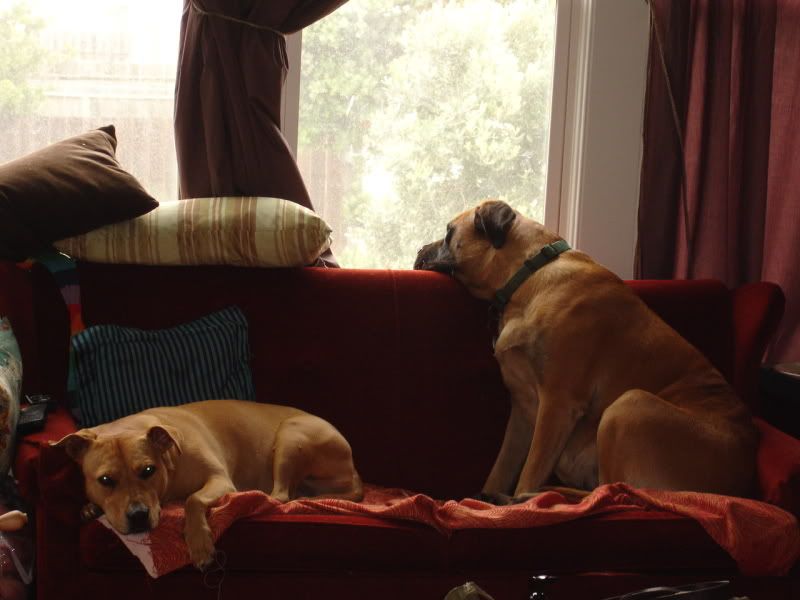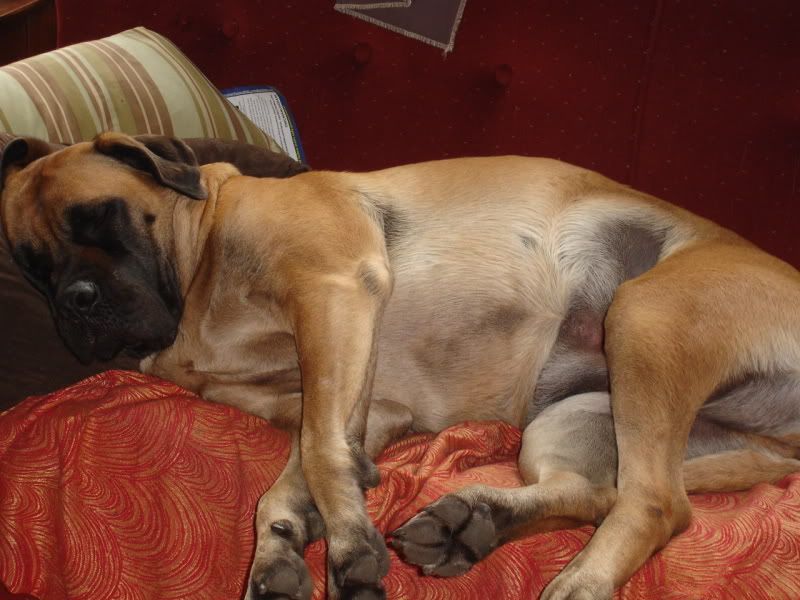materials :
should be designated as "dye only" - just because these dyes are natural doesn't mean you should eat them
stirring spoon or tongs
measuring spoons
jars/jugs/containers
blender/chopper
stove top
for optimal color and light fastness most natural dyes need something to hold onto which is where the mordant comes in -there are a bunch to choose from but only a few that i consider safe tannins (those derived from plants such as oak, sumac and black tea or tannic acid) and alum which is a kitchen grade pickling spice that can be used to water acid loving plants once you're finished with it- cream of tarter is a good companion to alum but not for madder
make sure your wool is clean and thoroughly wet (soak in warm water with a touch of shampoo for at least 30min)
add wet wool to pot - make sure the fiber and the water in the pot are around the same temp. slowly heat pot to between 180-195 degrees holding temp. for at least 30 min, 1 hour is better- DO NOT BOIL YOUR WOOL
1) soak your dried dye stuffs
(unnecessary if you are using fresh plants/berries etc.)
i usually pour hot or boiling water over them in a jar then seal it up and forget about it for a couple of weeks/months;) but soaking overnight will suffice

(above: brazilwood, lac, madder)

soaked and snapped madder roots fighting the blender
3)cook 'em up
put your ground up dye parts into a pot with some water and heat for 30min to an hour or until the water looks thoroughly colored DO NOT BOIL your madder roots (some dyes, madder being one of them, loose their color/dull/turn brown if cooked at too high a temp) use a cooking thermometer to monitor and keep temp around 140-165 (other dyes can be stewed at higher temps or boiled during extraction but NOT when the wool is in there)
at this point i usually put the strained dye parts into an over sized, makeshift tea bag of sort- the one below i actually made to be a sand bag but never got around to filling it- its a medium weight cotton canvas and works fine but if i were making it specifically for dying i would use a lighter weight fabric with a slightly looser weave and would have washed it first to remove any sizings/finishes since i really had to fight with this one to get it to strain.
 bagging up your dye parts saves straining them each time you change the water and works great so long as a) the top is tied, b) the dye parts have enough room to move around in the bag
bagging up your dye parts saves straining them each time you change the water and works great so long as a) the top is tied, b) the dye parts have enough room to move around in the bag
repeat steeping with clear water until no more color is left or until you have as much as you need (for the latter you can lay your dye bits on a screen to dry, put them away and re use them in the future for more muted dyes)
5) bath time for the woolies
time to dye your wool! in a pot big enough to let your woolies swim freely fill with enough water to cover your fiber and add some dye liquor- how much depends on you
 (i am cheating with my visual aids -this is not a madder dye bath but rather a very overstuffed mixed dye bath i was trying to exhaust..apologies;)
(i am cheating with my visual aids -this is not a madder dye bath but rather a very overstuffed mixed dye bath i was trying to exhaust..apologies;)darker shades can be attained, obviously, by adding more dye but dye guru, michele wipplinger of earth hues, suggests using multiple immersions to give the fiber a darker, more lustrous color- to do this simply remove the fiber from the dye bath after a half hour or so, add more dye liquor to the dye pot and reintroduce fiber (this can be done as many times as you like)
remember when eyeballing the color that wool dries 1-2 shades lighter than it appears in the bath
the temperature of the madder dye bath should be raised slowly once the wool has been added and maintained between 140-165 for at least an hour and allowed to cool over night
fiber can then be rinsed or can be air cured for a few days before rinsing
-painting's another story and another post-





No comments:
Post a Comment